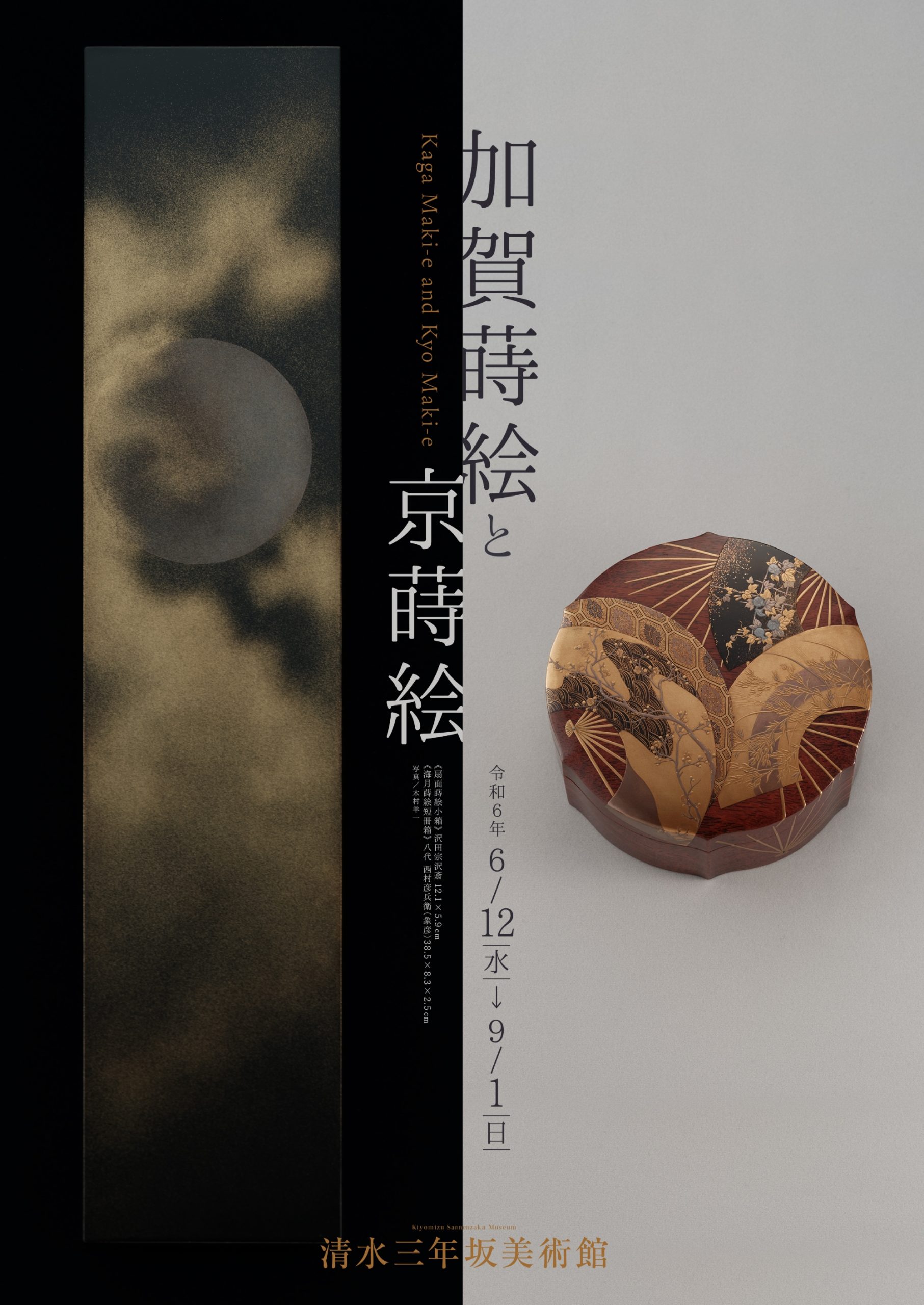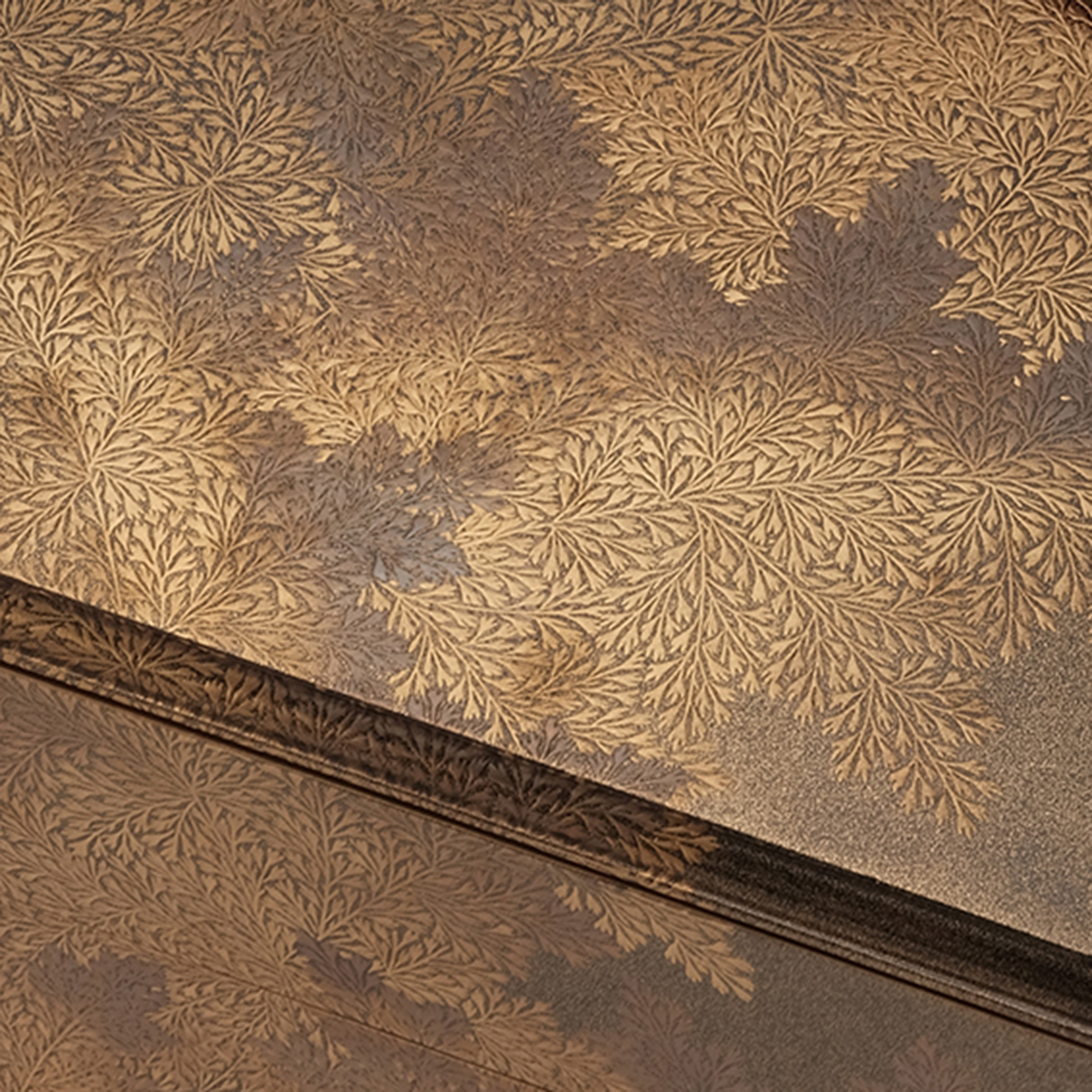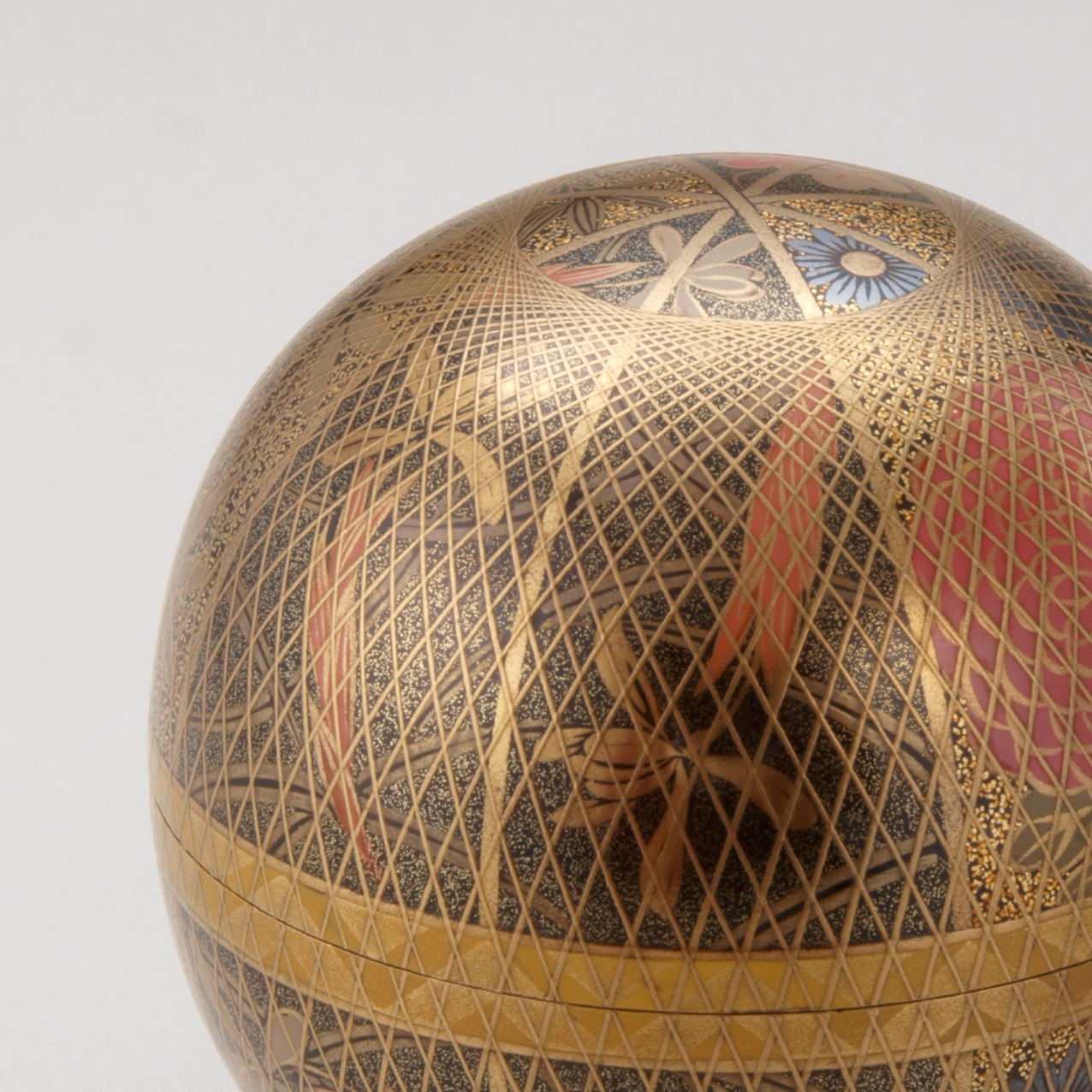
Kaga Maki-e and Kyo Maki-e
Maki-e is a decorative technique that involves drawing a design in lacquer and then sprinkling gold or silver powder over it. This exquisitely elegant art was particularly prized as decoration for the solemn dignity of temples as well as for furnishings and personal accessories, and it developed as an expression of aesthetic taste in various eras. Though the art faced a time of regression during the turmoil wrought by the Meiji Restoration, it regained vigor through articles for export, resulting in the production of an even greater variety of works. The museum has in its collection many fine maki-e pieces dating from the end of the Edo through the Meiji periods, when maki-e was at its peak of maturity. And among them, the Kyo Maki-e works with their long tradition and the Kaga Maki-e pieces that, though deriving from the same original source, traced a unique evolution stand out as particularly brilliant.
The present exhibition features the works of masters who carried on the Kyo and Kaga maki-e traditions while engaged in the creation of appealing styles. Sawada Sotakusai, known for his exquisite mastery of Kaga Maki-e, Tomita Koshichi of the Kyo Maki-e mainstream, and the lacquerware dealer Zohiko, whose leaders poured unstinting effort into research in and improvements on high-quality maki-e, passed on the traditional techniques while all the same time striving to produce masterworks in line with their times. Feast your eyes on the results.
 2026-01-05 / 2024-06-12
2026-01-05 / 2024-06-12 

